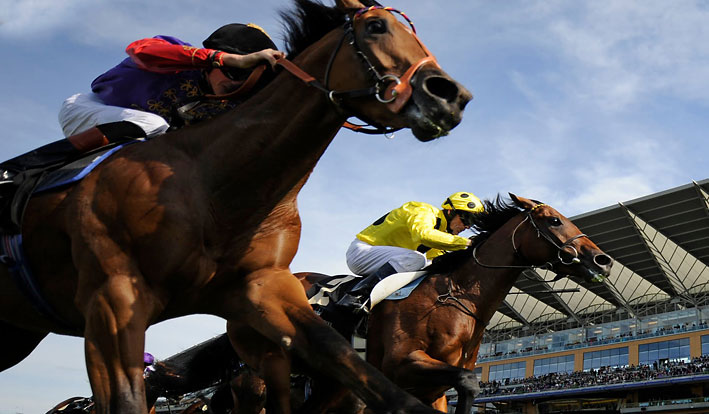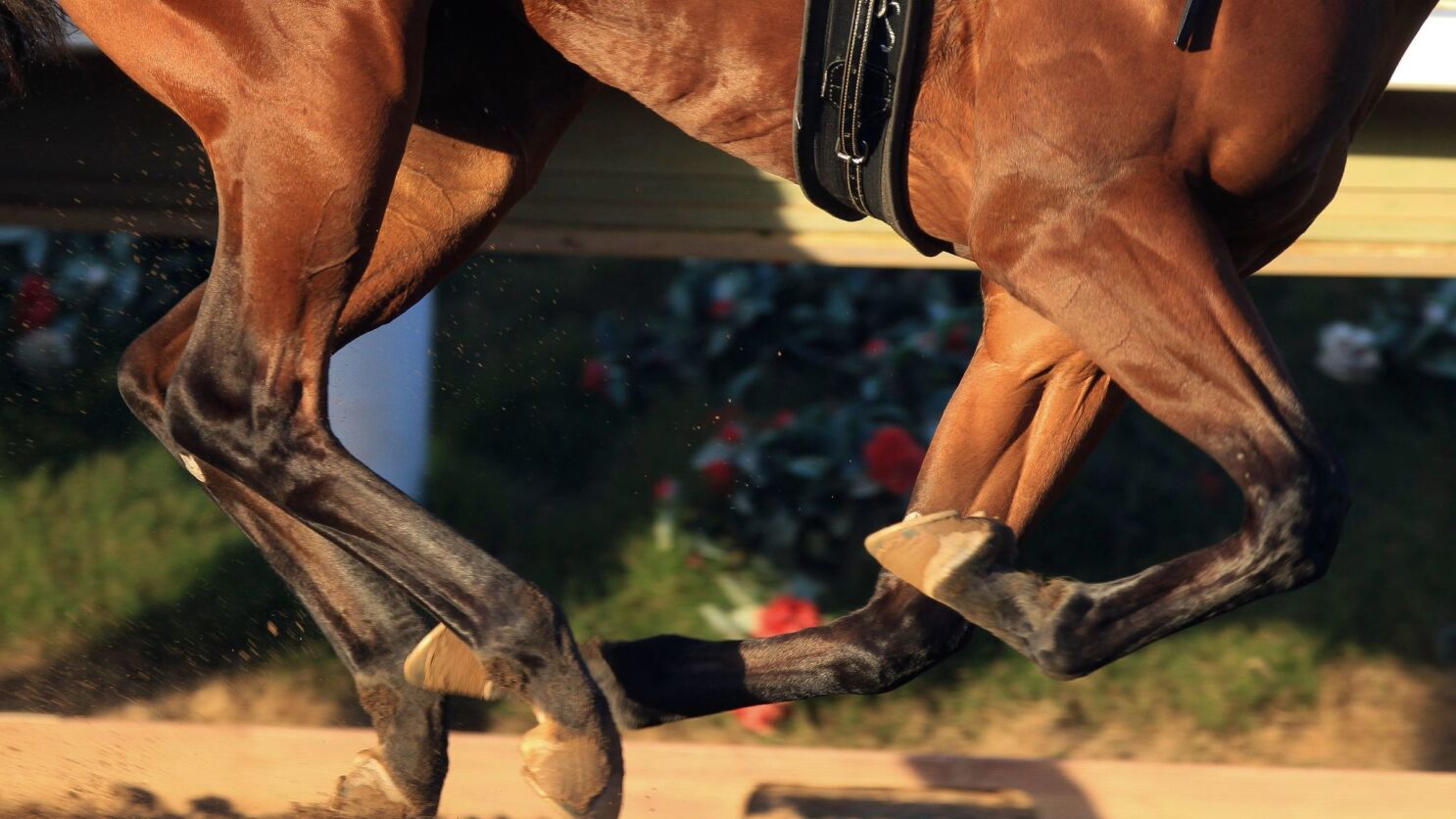Horse Betting 101

Laying horses is something many bettors talk about but never do.
Sports Betting 101 See All Guides. The Comprehensive Beginner’s Guide to Sports Betting. Anyone has the potential to be a sharp sports bettor with the right info. That’s why SBD put all the fundamentals into our introductory series for new bettors: Sports Betting 101. How to Pick Your Winning Horse. So now you know how to place a bet at the horse races. With that bit of info, you can go to any track in America and have a good time picking a random horse and betting your $2 on each race. But if you’re like most people, your goal isn’t to simply pay $2 to watch a bunch of horses run around a track. For example, laying a horse priced at 2.5 will mean risking £150 to win £100 so it is the same as backing a selection at 1.67. Laying a 2.0 horse that should be priced at 2.5 presents huge value, though, as the true probability of 40% (2.5) means your lay will be profitable 60% of the time. New Fan / Betting 101. Essentials of Horse Racing / Betting 101 / How to Read the Program / How to Read the Racing Form / Racing Glossary / Responsible Wagering. How To Bet On Turf Racing - Horse Betting 101. BettingNews.com is the world's leading online sports betting website, with daily sports betting news, tips and experts picks on games from around the globe.
When faced with taking on a 5.0 shot the potential loss is usually too much to stomach, but laying short-priced horses, especially to place rather than to win, can be a nice steady way to make a profit. All it requires is a change of thinking.
Horse Racing Odds Explained
Finding Value Lays
Laying is a slower burn but less volatile route to profit and may require a higher average stake size than you are used to if you tend to back bigger priced selections. But it’s nothing to be alarmed by. Value considerations are simply different when you are looking at laying horses as the profit will sometimes be less than your “stake”.
For example, laying a horse priced at 2.5 will mean risking £150 to win £100 so it is the same as backing a selection at 1.67. Laying a 2.0 horse that should be priced at 2.5 presents huge value, though, as the true probability of 40% (2.5) means your lay will be profitable 60% of the time. Over 100 lays that’s a 20 unit profit so it favours slightly larger stakes.
At a higher price, the risk-reward ratio gets a bit more skewed as to lay a horse at 6.0 to win £100 means risking £500. This means you have to be as certain as you would be backing a 1.2 shot to lay a horse in this price range, and that level of certainty is hard to come by in horse racing. But it’s a risk you don’t need to take as there is plenty of value to be found with laying shorter priced runners.
Most bettors focus on horses closer to evens for their lay bets, so how do you find them?
Price is everything
The first thing to look for are horses that the public loves.
When the general public gets behind something and it gets hot it can be backed into a price where it’s sometimes hard to resist laying it, so why should you try to resist? You can often find “weak” favourites or horses running at too short a price at the top of the betting if you look hard enough.

It’s not about ‘being against a horse at any price’, it’s about identifying a horse that will be backed into a price where you can lay it. When a horse is hot it creates a demand and you are liable to get a good price to lay at that stage.
How To Bet On Horses
And the key, as with all betting, is finding the value. In order to make a profit at long-term, he adds, you need to be laying at under market price. If you are laying even money horses at 2.5 you are going to be losing long-term. This means reading the market as much as it does reading the form and spotting when horses are getting “hot” after a couple of good runs or easy wins.
Look for place lay opportunities
Sometimes though it can be even simpler than that, and one of the best lay opportunities you can find is laying horses for a place.
The place odds on short-priced horses to place in a race can be very favourable for layers as they will frequently be calculated by automated trading software that bases the place price on the win price.
One of the key aspects to focus on here is the style of the horse involved. Horses who need to dominate from the front are often bad place bets when they can’t dominate from the start and they go from a decent chance to no chance at all. There is a fine line between winning and finishing sixth or seventh for some of these horses but this is not always reflected in the odds.
According to horse racing betting expert Stephen Harris, there is an angle for laying front-runners for a place full stop as the price is so often not reflective of the way the race is likely to shape out. Be aware that front-runners can sometimes become a lot shorter in the market because people are looking to lay them off in-running, and this means the place market is shorter than it should be.
Look for weakness, not strengths
The key to making good horse racing lay bets also requires a switch from looking for strengths to looking for weaknesses.

This can be in terms of the pricing in the market, or in terms of the relative weakness of a horse, jockey or trainer in a specific race or under specific conditions. Remember you’re not trying to find a winner you are just trying to find a horse that is likely to be running worse than its price in the market suggests.
Some of the old truisms will apply here, such as horses (and jockeys) for courses. Runners that don’t like specific types of going or track, coming into a race having performed well on markedly different conditions are a good place to start. And equally as mentioned any horses that have been built up to the general public in advance.